Kabaddi: Evolution from Ancient Sport to India’s Fastest Growing Phenomenon
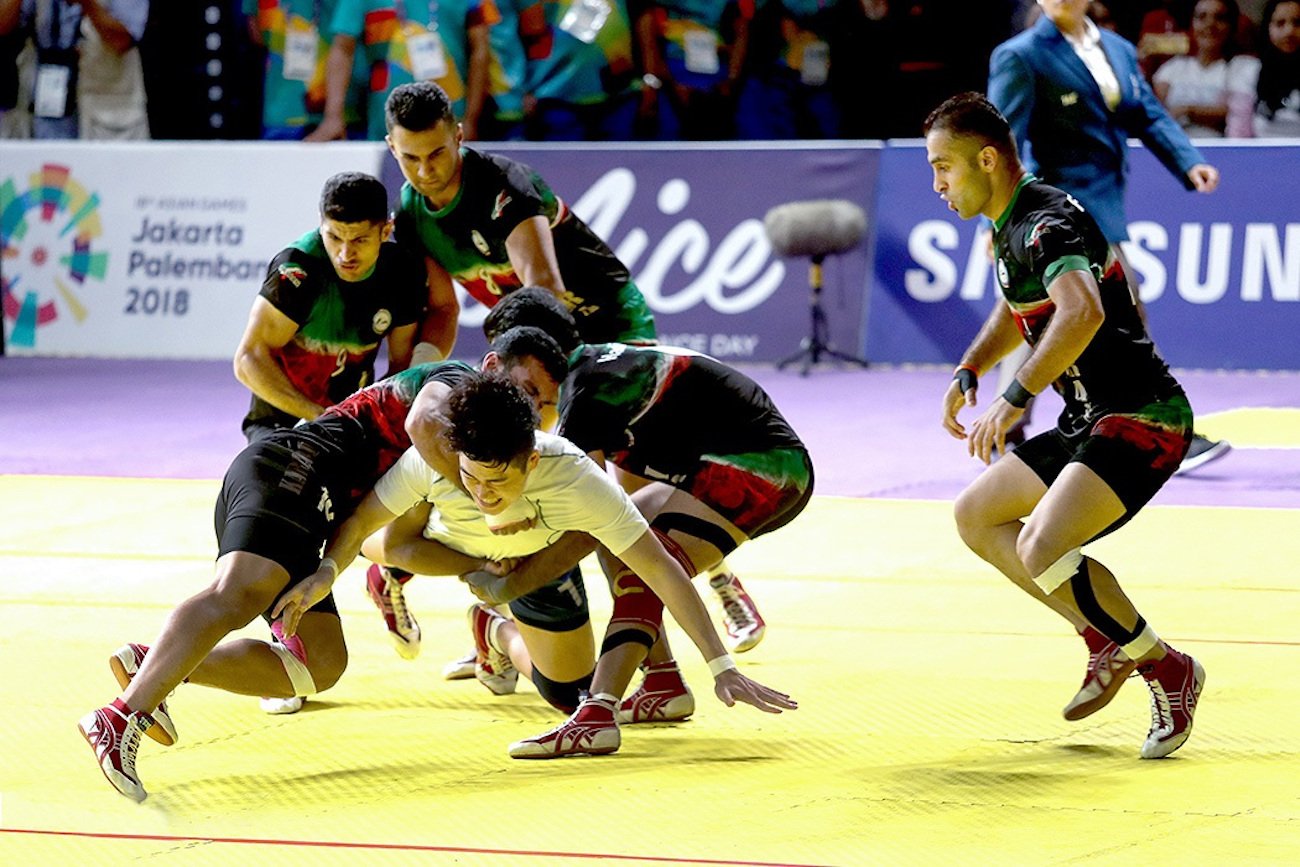
On October 7, 2022, the VIVO Pro Kabaddi League (PKL) set the stage for another exhilarating season, with Dabang Delhi launching their title defense by defeating U Mumba at Bengaluru’s Sree Kanteerava Stadium. Drawing a massive television audience, the PKL’s vibrant atmosphere, thrilling play, and global fan base have made kabaddi a household name. Yet, behind the dazzling lights and roaring crowds lies a sport with ancient roots that stretch thousands of years into South Asian history.
The Ancient Roots of Kabaddi
The precise origins of kabaddi remain shrouded in mystery, but most historians agree that the game was first played over 4,000 years ago in what is today Tamil Nadu, India’s southernmost region. Some theories propose that kabaddi evolved as a form of training for developing offensive and defensive teamwork, useful both in combat and hunting. Others point to legendary epics, where tales of warfare may have inspired this intense, physical sport.
Regardless of its exact beginning, kabaddi quickly became woven into the cultural fabric of South Asia. Across India, Iran, and Bangladesh, dozens of regional variants emerged and continue to be enjoyed by local communities today.
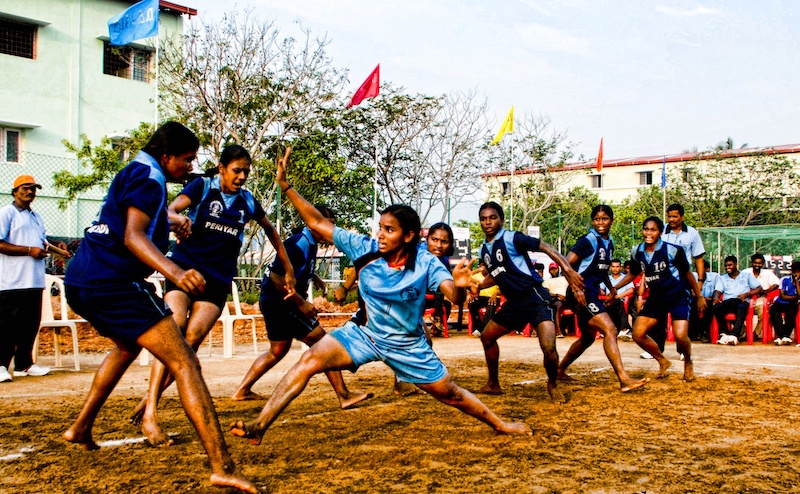
Despite these local differences, the core of kabaddi has always emphasized individual raiding and team-based defense-a straightforward concept that has ensured its popularity and survival for millennia. This universality is a key reason why the game still captivates both players and fans worldwide.
Modern kabaddi as seen in today’s leagues took shape in the 1920s, when a standardized ruleset was established by an Indian committee. International exposure followed, including a demonstration match in pre-war Germany, just ahead of the 1936 Berlin Olympics. As South Asian countries gained independence in the mid-20th century, the sport found renewed vigor through international competitions, most notably the first Asian Kabaddi Championship in 1980, its debut at the Asian Games a decade later, and eventually, the launch of the Kabaddi World Cup in the early 2000s.
Understanding the Rules of Kabaddi
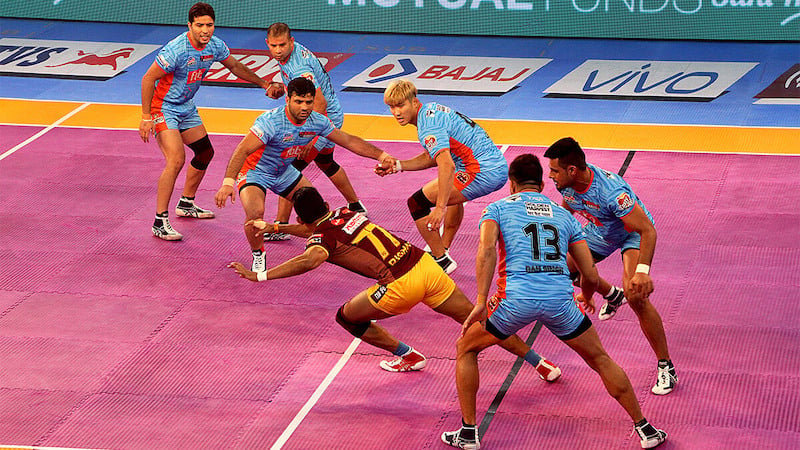
The most widely-recognized form of kabaddi today is governed by the same essential principles that have defined it for centuries, now codified to an international standard. Each match lasts 40 minutes, divided into two 20-minute halves. Teams start with seven players on the court and can have three to five substitutes ready for action.
The game is played on a rectangular mat: 33 feet by 43 feet for men, and a slightly smaller 26 feet by 39 feet for women. The court is split in half, featuring a midline as well as boundary, baulk, and bonus lines to demarcate zones for play and scoring.
Each side takes turns sending a “raider” into the opposing team’s half. The raider’s goal is to tag opponents and return to their own side unscathed-all on a single breath, traditionally proven by chanting “kabaddi” throughout the raid. In today’s professional format, raids are also capped at 30 seconds.
- A raider earns a point for every defender tagged.
- Bonus points can be scored by touching the bonus line while keeping a trailing foot in the air.
- Tagged defenders exit the field but may re-enter when their team scores.
- Defenders win points by tackling or forcing raiders out of bounds or if a raider fails to maintain the chant during their turn.
- If a team eliminates all opposing players, they secure two additional points, and the opposing team is fully revived.
Play alternates until the time runs out, with the team holding the highest score declared the winner.
The Rise of Professional Kabaddi
Professional kabaddi’s rapid rise follows the model established by other sports leagues in India, most notably the cricket-based Indian Premier League (IPL), which began in 2008. The PKL’s organizers have adopted IPL’s playbook, infusing kabaddi with dynamic entertainment, eye-catching team jerseys, and musical performances to engage fans.

Jointly launched in 2014 by Mashal Sports Pvt. Ltd and Disney Star, the PKL quickly found success, attracting 435 million TV viewers in its opening season and vaulting kabaddi to the position of India’s second-most popular sport after cricket. The momentum continued, with the league expanding to 12 teams by 2022 and regularly selling out venues across the country.
Its popularity is further boosted by a packed annual schedule and broad international streaming, with matches broadcast to over 100 countries. The increasing prominence of kabaddi stars such as Pardeep Narwal, Pawan Sehrawat, and Rahul Chaudhuri has contributed to the league’s allure, making players household names with widespread fan followings and lucrative contracts.
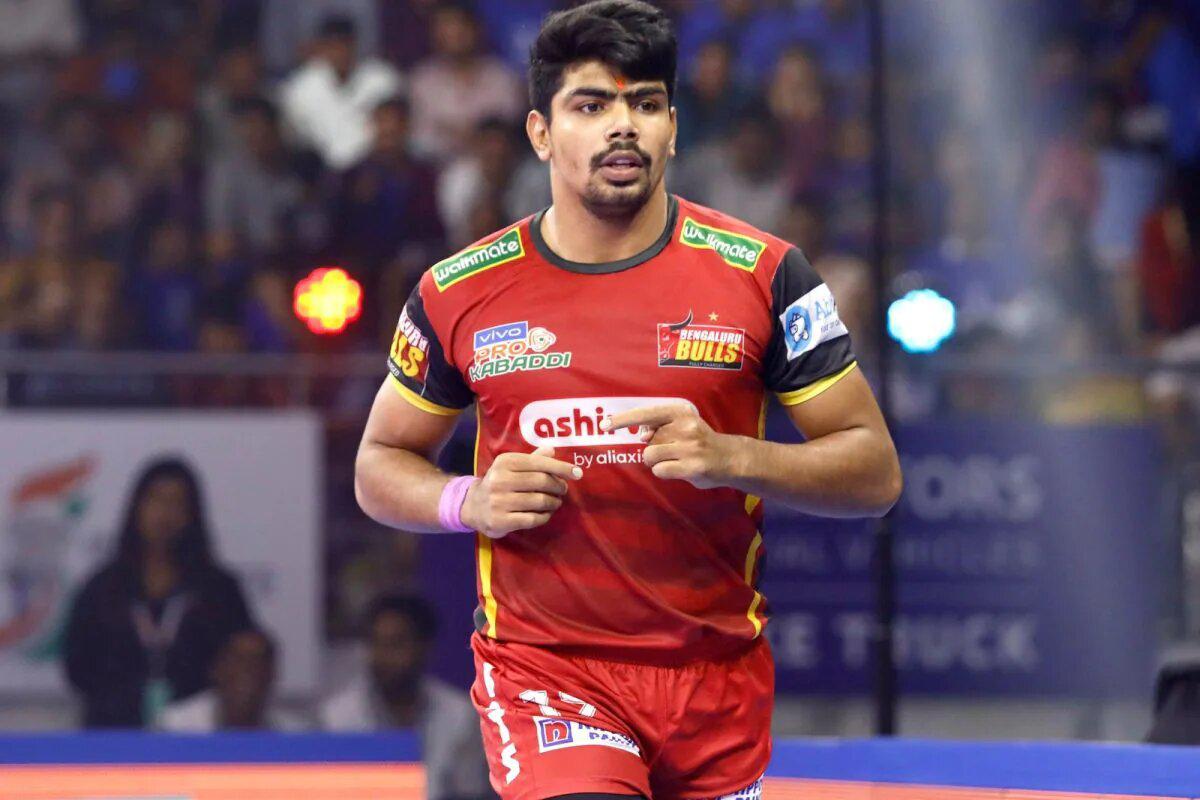
Financial stakes in kabaddi have also soared. For instance, Pawan Sehrawat’s 2022 transfer from the Bengaluru Bulls to Tamil Thalaivas set a record at Rs 2.26 crore (about $280,000), highlighting kabaddi’s entry into the elite ranks of professional sports in terms of player valuations.
Kabaddi’s growing visibility has reinvigorated other international tournaments as well. After a long hiatus, the Kabaddi World Cup returned in 2016, with India defeating Iran in the final. Though subsequent editions faced disruptions, including cancellations during the Covid-19 pandemic, these competitions demonstrate kabaddi’s expanding international reach.
Women’s Kabaddi: A New Chapter
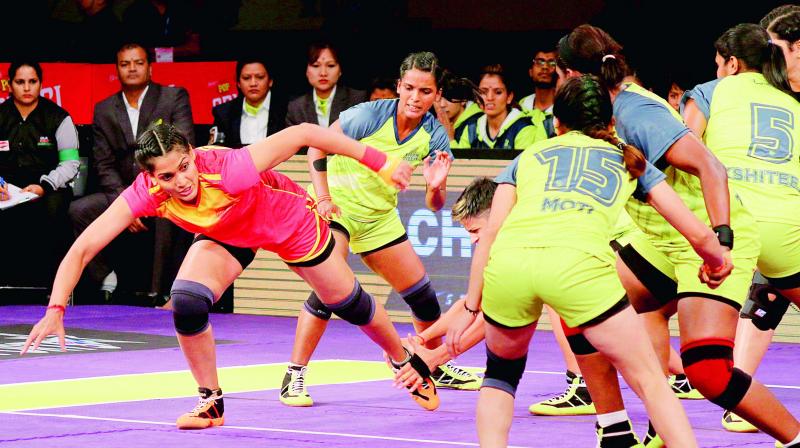
2016 also marked a milestone for women’s kabaddi. The Women’s Kabaddi Challenge debuted with three teams, culminating in the Storm Queens narrowly defeating the Fire Birds in a closely contested final. The event was celebrated as a breakthrough, providing empowerment and inspiration to young women across India, as reflected in the impressive statistic that women accounted for 40% of the event’s viewership.
Despite its initial success, the Women’s Kabaddi Challenge has yet to become an annual fixture like its male counterpart, but plans for fully professional women’s leagues are underway, promising continued growth for female athletes.
What Lies Ahead for Professional Kabaddi?
The dream of kabaddi fans and governing bodies such as the International Kabaddi Federation is Olympic recognition. To qualify, kabaddi must be practiced by men in at least 75 countries on four continents, and by women in 40 countries on three continents. While not yet at that threshold, the sport is making steady progress, with new leagues springing up and international interest climbing each year.
The planned launch of a professional women’s kabaddi league in Dubai in 2023 promises to further elevate the sport’s profile. On the men’s side, the PKL and other major competitions continue to engage massive audiences, while the game itself becomes more competitive, as demonstrated by Iran’s recent victories in both men’s and women’s events at the Asian Games.
Kabaddi’s blend of simplicity, athleticism, and dramatic spectacle has carved out a unique space in the world of sports-one that is only set to grow as the sport broadens its global reach.
Lead image: Wikimedia Commons













